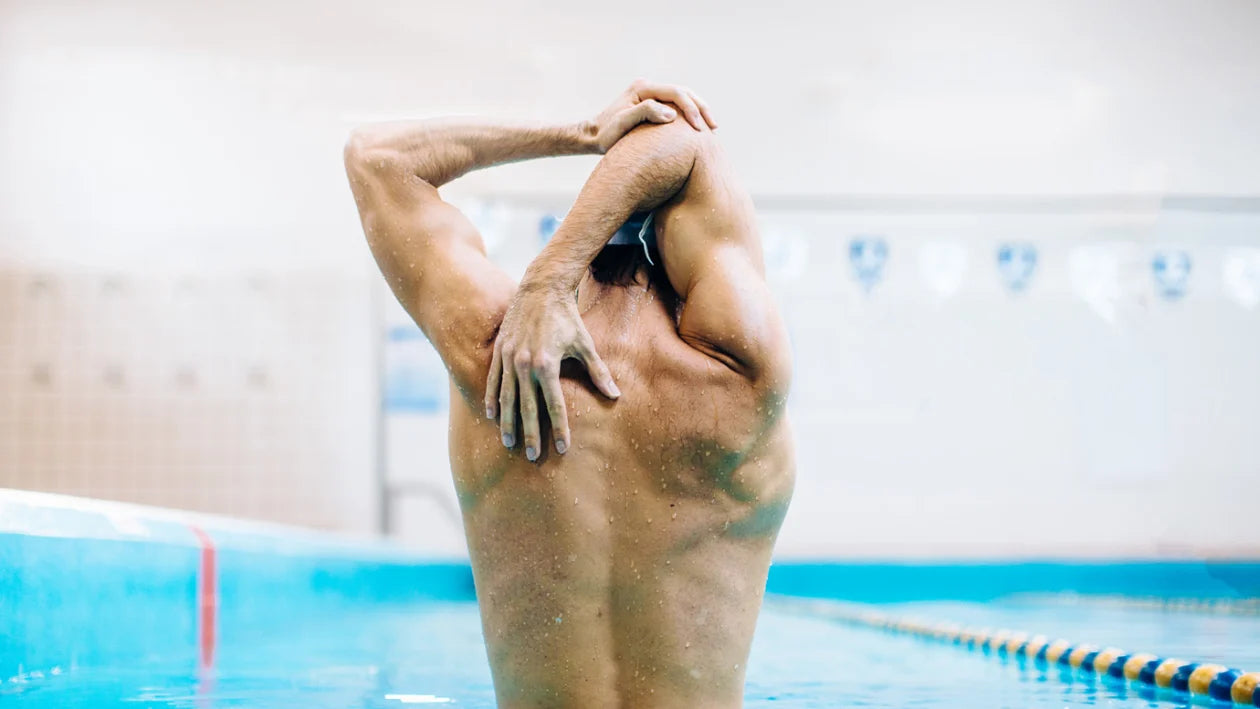Your Cart is Empty
REQUIRED ITEM - Trojan Water Polo Club Team Store - Game Day T-Shirt Bundle
Great ball at a great price. Always friendly and ready to help. Love Kap7

March 29, 2022 2 min read
As a water polo athlete, coach, or parent, you have witnessed or organized a pre-workout routine. In most cases, there is a combination of static and dynamic stretches. For many years, experts have recommended stretching before any workout, activity, or sport. It was thought stretching beforehand would reduce injury risk and prepare the body for any strenuous effort to come. In fact, pre-workouts were typically the only time people did stretch and most of the stretching was static.
Recent studies suggest that if you focus specifically on static stretching before a workout you might actually have a higher rate of injury than if you don’t. Which is counter intuitive to why you are stretching in the first place, to prevent injury.
We wanted to break down both types of stretching and understand how this impacts overhead athletes like water polo players.
Static stretching is the most common type of stretching where your goal is to stretch a muscle or group of muscles by holding the stretch for a period of time. Static has actually recently been the subject of conflicting opinions. Michael Boyle, an author and strength and conditioning coach explains that static stretching has gone from being the best way to warm up to now being something that all athletes should avoid. Studies dating back as far as the 1980s have found that static stretching before exercising decreases muscle power and specifically relevant to water polo players, causes a reduction in throwing performance. Other camps suggest that static stretching is still beneficial for certain activities, for example, post workout or injury maintenance.
Dynamic stretching is more of a functionally oriented stretch that focuses on movements that you will be doing in your sport. It involves full body movements and actively moving a joint past its range of motion without holding the movement at the endpoint. These movements also help raise core body temperatures and activate the nervous system, which both prove to improve stretch, force production, and flexibility. For aquatic athletes, we recommend starting with an arm routine like this, notice how all of the movements are focused on activating muscles in your impact areas vs bringing them to max flexion.

Above: The KAP7 Stretch Cord being utilized at a National Team practice
What if you have a preexisting injury? Will dynamic stretching still be the best form of warm up?
Michael Boyle argues that perhaps both should be used as part of your warm up for injuries. An active warm-up before high-intensity exercise is the best way to prevent acute injuries. In other words, if you want to decrease the chance of further injury, then a combination of treatment, static, and dynamic might be the best way to monitor and improve an ailing body part.
We recommend that you reevaluate your stretching routines and focus specifically on dynamic stretching before a game. And please make sure to static stretch after, as this helps with lactic acid reduction and relaxing tight muscles.
Comments will be approved before showing up.

Be the first to get new products, training videos, and updates.
REQUIRED ITEM - Trojan Water Polo Club Team Store - Game Day T-Shirt Bundle
Great ball at a great price. Always friendly and ready to help. Love Kap7